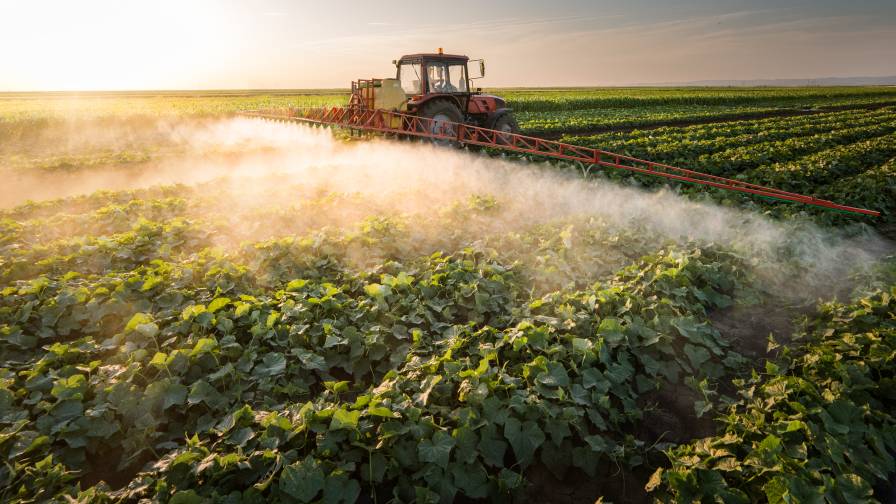UK Farmers Decrease Pesticide Use in Cereals
Despite a significant increase in area planted with winter wheat and spring barley, use of crop protection products have declined, according to a new survey of UK farmers by The Kleffmann Group. The trend represents a continued abandonment of modern agricultural practices in Europe, where regulatory bodies have banned hundreds of active substances, many of which don’t have a good replacement.
Cultivation of winter wheat rose to 1.964 million hectares in 2010/11, compared to 1.927 million hectares in the 2009/10 growing season. But the number of applications of all pesticides fell, pulling overall value out of the European market.
Autumn herbicide use, generally used for burndown and pre-emergent control, fell from 2.13 treatments last year to 1.96 treatments this year. The decline is partly attributed to wet weather conditions that hampered the ability to apply herbicides at crucial times, according to Kleffmann. In some instances, supply shortages affected the ability to apply pre-emergent herbicides.
As a result, the herbicide sector in the UK fell 3% to $205.7 million in the 2010/11 growing season. However, one bright spot is the rise in the use of burndown herbicides in the spring of 2011, says Kleffmann’s UK Project Manager Karen Gralla.
Farmers’ use of fungicides in the UK fell slightly, but they appear to be adopting newer fungicide technologies, especially SDHI fungicides (succinate-dehydrogenase inhibitors) in cereals, according to the survey. Fungicide treatments of winter wheat fell from 3.12 treatments last year to 3.09 treatments per hectare this season. The slight decline is likely a result of dry weather.
Planted area of spring barley rose 9% to 574,000 hectares in 2011, and use of selective herbicides remained fairly stable. Fungicide treatments, however, fell 15% to 1.91 treatments per hectare this year, compared to almost two treatments last year. Again, dry weather conditions often generate fewer disease outbreaks, possibly contributing to the decline.
Bright Spot
Counter to the trend in cereals, oilseed rape farmers in the UK are using moderately more pesticides for the commonwealth’s second-largest arable crop. This year, farmers planted 7% more area of rapeseed, which rose to 664,000 hectares in the 2010/11 growing season.
An early burndown of cropland is important for the establishment of rapeseed, and early selective herbicide treatments are important as well.
Selective herbicide treatment rose 5% in this year’s growing season to 2.28 treatments. The value of the selective herbicide market rose more than 20% to about $76 million.
Fungicide usage, applications and value also rose for rapeseed. A 16% increase in the number of applications of fungicides — which reached 2.91 this year — drove a 23% increase in sector value, which reached more than $55 million this year.
Fungicides continue to show prominent gains around the world as high commodity prices continue to motivate farmers to optimize yields to maximize profits.
The Kleffmann survey included responses from 1,000 UK cereal farmers and 400 rapeseed farmers.






